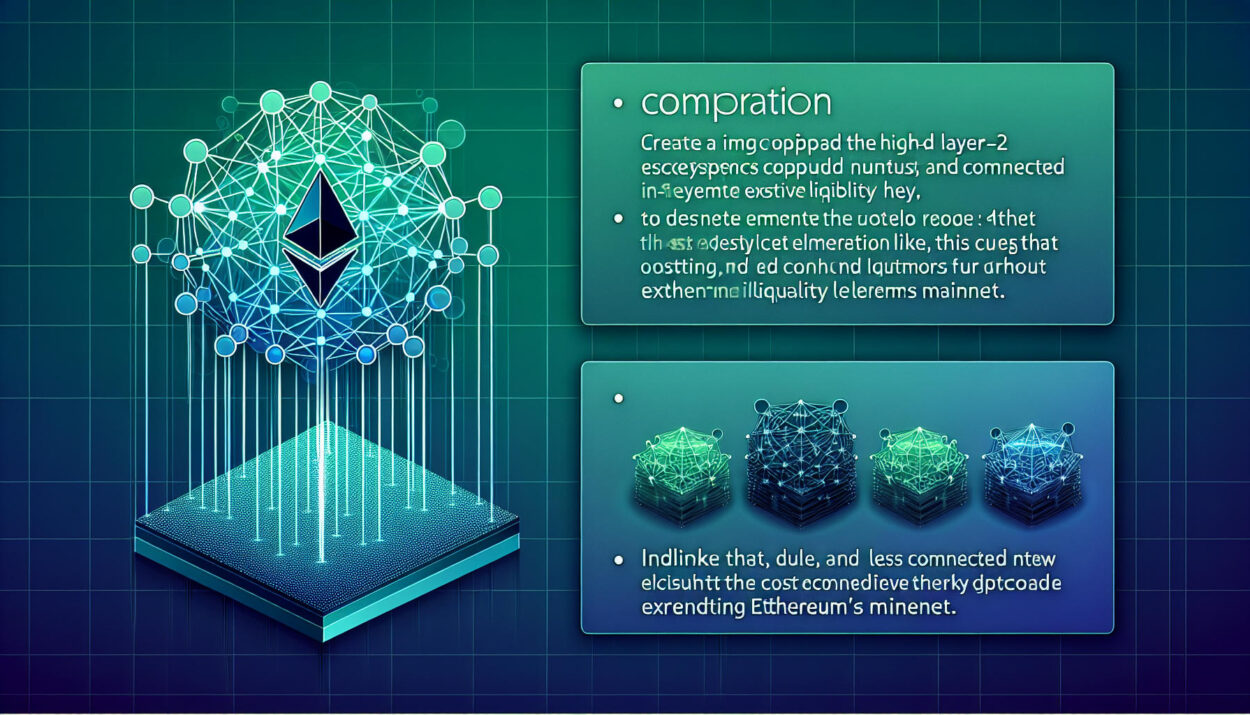A study conducted by Austin Adams from Uniswap Labs has shown that layer-2 networks offer cost advantages compared to Ethereum’s mainnet when it comes to transactions and liquidity provisions.
The research highlights Arbitrum’s success in generating triple the liquidity positions of Ethereum in the past year, especially for trades below $125,000. Transactions on layer-2 networks were found to be 97.5% more cost-effective than those on the Ethereum mainnet, likely due to lower gas costs and higher liquidity concentration, which is beneficial for retail traders.
Despite Ethereum accounting for 25% of total transactions, it encompasses over 60% of the volume, indicating a preference for layer-2 networks. Networks like Arbitrum also offer shorter block times, reducing market price fluctuations and making arbitrage less profitable, resulting in 20% higher returns for liquidity providers on layer-2 networks compared to the mainnet.
However, concerns regarding layer-2 networks were also addressed in the study, including centralized sequencers manipulating transactions for their benefit and the absence of decentralized fraud proofs in optimistic rollups for error correction.
The proliferation of over 40 layer-2 ecosystems has led to liquidity fragmentation, requiring reliance on bridging infrastructure, which is costly and time-consuming. Developers are actively working to mitigate these issues, with initiatives like Optimism unveiling a permissionless fault-proof system and Espresso to diversify sequencer networks.
“For decentralized markets to reach their full potential, trading costs must continue to decline, and user experience must improve,” Adams stated. “Generalized layer-2s have many benefits that users can utilize today, and any future improvements will enhance the trading experience.”
Explore more news on Global Crypto News for the latest updates on Arbitrum’s gas fee reduction amid the Dencun update.























